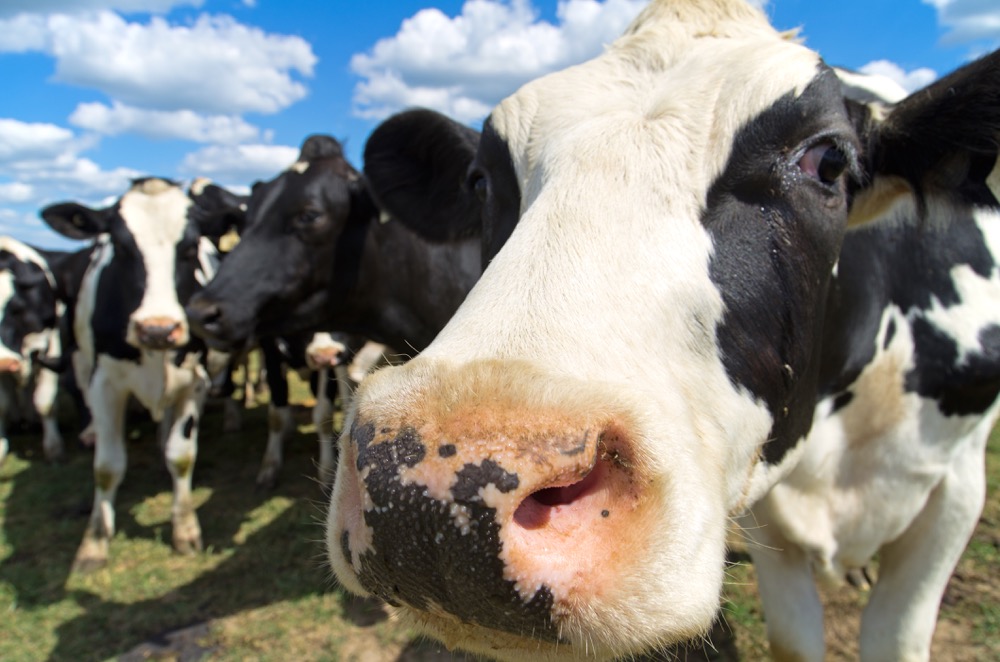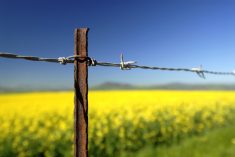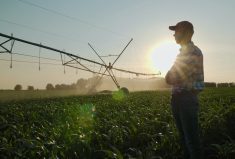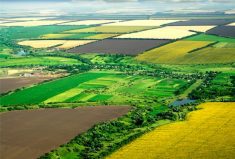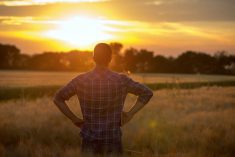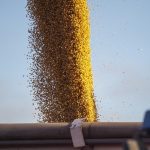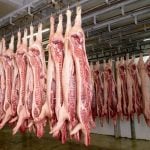I have been listening to regional and international panels addressing the future of food security.
In many circles, the talk is of reducing animal agriculture, government acquiring food production lands, reducing crop inputs and alternative systems. It seems we are on the verge of trashing a complex natural ecology for non-food-bearing green spaces and vertical structures.
The threat of a climate policy potentially closing down more than 11,000 farms in the Netherlands finally did it for Dutch voters. They recently gave the Farmer Citizen Movement (known by its Dutch acronym BBB) enough support in provincial elections to give the party 15 of the 75 seats in the Senate, a sizeable number in a country where multi-party coalitions are the norm.
Read Also
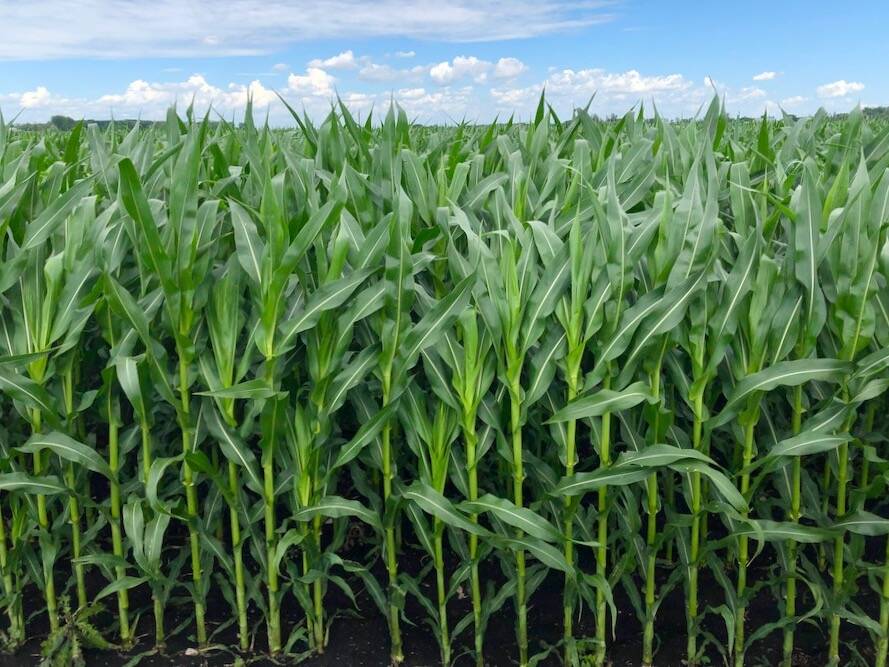
Nutrien pays farmers for efficient nitrogen
Nutrien’s Sustainable Nitrogen Outcomes (SNO) program pays Prairie farmers to limit nitrogen loss and, therefore, fertilizer-related greenhouse gas emissions.
It was a rebuke to the national government’s plan to cut livestock numbers by a third as part of greenhouse gas emissions reductions and to buy out farms if necessary. So the country voted in favour of food production systems that have sustained the Netherlands since the Middle Ages.
- MORE with Brenda Schoepp: Farmers markets have become part of the community fabric
The Netherlands now is a world leader in food production, sustainable systems, technology and value adding. The two-fold agricultural policy based on knowledge and value adding has earned the tiny country the title of second largest exporter of agricultural goods in the world.
Farmers there have taken the country from post-Second World War disaster to a full plate. Dutch food insecurity is one of the lowest on the globe.
Those behind the goal of changing the face of the country’s agriculture have forgotten or have never known hunger and conflict — nor were they part of the generation that was so highly innovative. Dutch farmers produce food of the highest quality, have a strong animal agriculture sector and have created nutrient-dense land out of the sea.
Part of the revolution in farming was structural and technical with a multitude of greenhouses. But even the most innovative farmers understand that growing food indoors is often a limited monoculture.
It is just as concerning in Canada, where those who have invested millions in vertical farms are claiming this is the farm of the future. If there is one thing history has taught us, it is that these indoor systems are complementary and do not replace the full ecology of the farm.
It is that ecology that is so critical to our economy and societal well-being. And though many businesses have drifted away from understanding and incorporating the core principles of a regenerative approach, that does not mean the traditional journey is over.
The stunning win for the BBB helps bring awareness of the threat to land-based agriculture. As farmers sit and watch, everything from the banking system to agricultural policy has shifted toward the procurement of agricultural land by those outside of agriculture, often under the guise to meet climate objectives.
Not happening here? Think again.
The last data on farmland ownership (the 2011 Census of Agriculture) found 35.4 per cent of farmland was owned by non-farmers or investors.
Land grabbing is not only about the ownership of land but also includes the binding of it to contractual agreements that dictate the future production. An impact on the future of food land can also be found in carbon credit schemes, which bind the land inter-generationally.
Land grabbing is at our back door. In a shareholder letter this month, JP Morgan CEO Jamie Dimon suggested governments should invoke eminent domain to seize private property to speed “grid, solar, wind and pipeline initiatives.”
It is the local farmer who is best suited to incorporate the needs of the farm based on those observations and data measurements. If you dig deep into the some of the green movement, it is actually making a strong case for the future of monocultures by suggesting we remove those varietal and animal species that are complementary.
The real risk is the farms’ future access to capital. The World Bank has dedicated 35 per cent of its funding into “transforming agriculture” and a group of leading global banks called the Net Zero Banking Alliance will have tremendous influence on farmer financing.
We also have to face the fact that investors want land — carbon sinking, food-bearing farmland. Your land, my land, our children’s land. The ultimate goal is climate objectives that may rob the land of its own story and its own ability to adapt and heal.
The move is on to take space that once benefited from sun and rain and cover it with vertical structures, energy production and wild, non-food bearing plants.
We are on a dangerous path when we do not hear the voice of farmers and society no longer appreciates the importance of the natural food production system in food security and societal well-being. The farm is still the solution.





